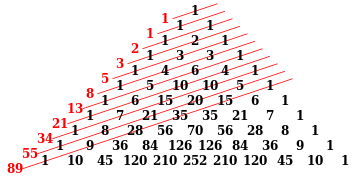 FAFSA? What is that? It is the acronym for the financial aid form that every college student has to fill out while they are applying for colleges or continuing their college education. This financial aid form is filled out immediately after your taxes are filed. The form is available electronically from the U.S. government website. It is not compatible with any other web browser except for Internet Explorer.
FAFSA? What is that? It is the acronym for the financial aid form that every college student has to fill out while they are applying for colleges or continuing their college education. This financial aid form is filled out immediately after your taxes are filed. The form is available electronically from the U.S. government website. It is not compatible with any other web browser except for Internet Explorer.I have been training my family for the past two years on how to fill these forms out. Why? Because even though it is available electronically, there are many parts to fill out. We help you decode the FAFSA, website, and materials required to fill the form out properly, accurately, and in a timely manner. The financial aid process is the most difficult administrative duty you will have to do for your child or yourself. This is why we are offering FAFSA paperwork help as a service. Minimum charge will be $45 per hour but watch for special prices during tax time! Call us to make an appointment and bring your filed tax forms with you!
 |
| At least with us, you will get a smile! Get this poor woman in financial aid some chocolate! |
 When one investigates the reasons why art and nature appeals to so many people, there are a variety of reasons. Ask yourself, what draws your eye into the picture? Is it just the colors? Lack of color? Is it the placement of the subject? Have you ever thought about the ratio and placement of what the artist is trying to convey?
When one investigates the reasons why art and nature appeals to so many people, there are a variety of reasons. Ask yourself, what draws your eye into the picture? Is it just the colors? Lack of color? Is it the placement of the subject? Have you ever thought about the ratio and placement of what the artist is trying to convey?
